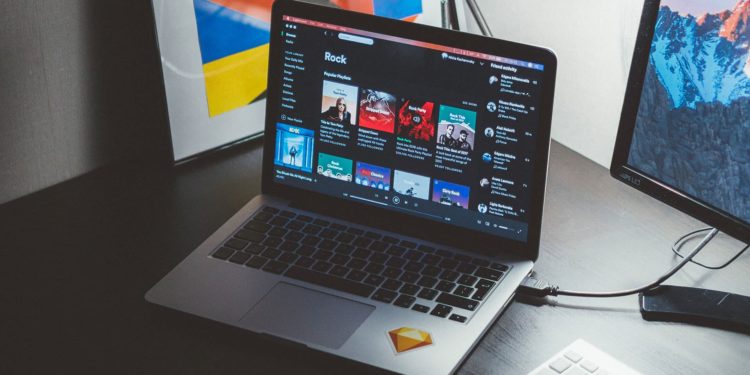Losing your device is scary — but it doesn’t have to be a disaster. Here’s what to do right away to protect your data, accounts, and privacy.
😱 That Sinking Feeling…
Your phone isn’t in your pocket. Your laptop isn’t in your bag. You check the couch, your desk, the car — nothing. You’ve officially lost your device.
It’s frustrating, stressful, and — if you store personal info, photos, or work files — potentially dangerous.
But don’t panic. Whether it was lost, left behind, or stolen, there are critical steps you can take immediately to secure your data and limit damage.
✅ Step 1: Try to Locate the Device
📱 For Lost Phones:
- iPhone: Use Find My iPhone from another Apple device or iCloud.
- Android: Use Find My Device through your Google account.
If your phone is on and connected:
- You can see its location on a map
- You can make it ring (even if it’s on silent)
- You can display a message with contact info for whoever finds it
- You can lock or erase it remotely if needed
💻 For Lost Laptops:
- MacBook: Use Find My Mac via iCloud
- Windows: Go to your Microsoft account > Devices > Find My Device
If these tools are set up in advance, you have a shot at recovery.
🔒 Step 2: Lock the Device Immediately
If tracking works, remotely lock the device right away.
This will:
- Prevent anyone from opening it without a passcode
- Log the device out of most accounts
- Display a recovery message (you can include a phone number or email to reach you)
Don’t wait — locking your device buys time while you figure out your next steps.
🛑 Step 3: Change Your Passwords
Assume your device is compromised until proven otherwise.
Change the passwords for:
- Email accounts (especially Gmail, iCloud, Outlook)
- Banking and shopping apps (Amazon, PayPal, Venmo, etc.)
- Social media accounts
- Work or cloud services (Slack, Dropbox, Google Drive)
💡 Tip: Use a password manager to generate new, strong passwords — and enable two-factor authentication (2FA) everywhere possible.
🧼 Step 4: Remotely Wipe It (If You Must)
If your device has truly vanished — and has sensitive info — erase it remotely.
This will:
- Delete all data (photos, messages, files, saved logins)
- Factory-reset the device
- Render it unusable for most thieves
You can usually do this through the same Find My tools above.
⚠️ Warning: Once you wipe it, you may not be able to track it again — so only do this when you’re certain it’s unrecoverable.
🧾 Step 5: Report It
If your device is stolen or lost in a public place, make it official:
- File a police report with the serial number or IMEI of the device
- Notify your employer if it was a work laptop or phone
- Alert your bank or card providers if financial apps were accessible
- Call your mobile carrier to suspend or replace your SIM card
Bonus: If you have device insurance, a report may be required for a claim.
🛡️ Step 6: Take Steps to Prevent It Next Time
- Set up tracking tools (Find My iPhone, Android Find My Device)
- Use strong passwords or biometric locks (fingerprint, face ID)
- Turn on full-disk encryption on laptops
- Avoid saving passwords in browsers — use a password manager instead
- Back up your data regularly so you can recover it if needed
🧠 Treat your devices like wallets: personal, powerful, and worth protecting.
Losing a device doesn’t have to mean losing everything. With quick thinking and the right tools, you can protect your data — even if the hardware is gone for good.
So if you ever misplace your phone or laptop, remember:
🔍 Track it.
🔒 Lock it.
🧠 Secure your accounts.
🧹 Wipe it if needed.
🛠️ Learn from it.









